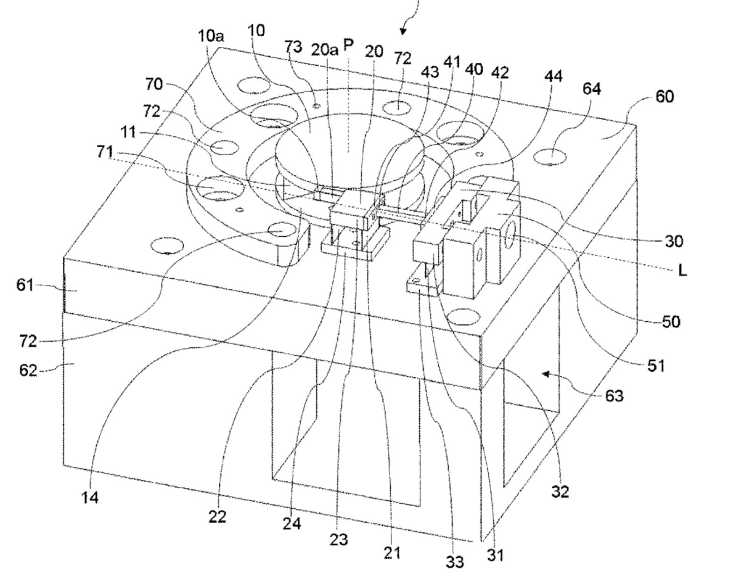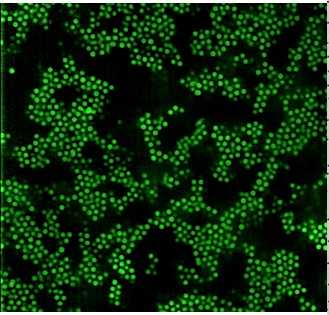Polymeric and colloidal gels and networks
We study the fundamental relations between the properties of the building block, the mesoscopic structure and the properties, with an eye on applications which go from 3D printing to biofilms and polymers for the LHC.
Rheological and structural tools for studying colloidal and polymeric gels

Classical rheological measurements are nice becuase they average, but this averaging can be hampering in trying to elucidate structure property relations, as different lenghtscale strcutures can contribute to the stress,. Stress Jumps, orhtogonal superposition, high frequency rheometry and adapted tools for studying biofilms have been developped along with a very very fast rheoconfocal instrument.
Selected references
- Schroyen, B., Vlassopoulos, D., Van Puyvelde, P., & Vermant, J. (2020). Bulk rheometry at high frequencies: a review of experimental approaches. Rheologica Acta, 59(1), 1-22.
- Schroyen, B., Hsu, C. P., Isa, L., Van Puyvelde, P., & Vermant, J. (2019). Stress contributions in colloidal suspensions: The smooth, the rough, and the hairy. Physical review letters, 122(21), 218001.
- Massaro, R., Colombo, G., Van Puyvelde, P., & Vermant, J. (2020). Viscoelastic cluster densification in sheared colloidal gels. Soft Matter, 16(10), 2437-2447.
- Colombo, G., Kim, S., Schweizer, T., Schroyen, B., Clasen, C., Mewis, J., & Vermant, J. (2017). Superposition rheology and anisotropy in rheological properties of sheared colloidal gels. Journal of Rheology, 61(5), 1035-1048.
Rheology and mechanics of gels and networks & thixotropy

We study how the building blocks of both colloidal and polymeric networks can be used to influence the mechnaical (or other functional) properties. Particle topography, shape and the synthesis of ideal networks which can be studied are at the core of our work. We also try to under stand how flow history effects affect network homogeneity and thixotropy; We try to link these propoerties to Elasto-Visco-Plastic behaviour. We of course used the toolbox above to study this in detail.
Selected references
coming soon
Applications
As two applications we are interested in we'd like to cite :
1 Biofilms
Bofilms, bacterial communities of cells encased by a self-produced matrix, exhibit a variety of three-dimensional structures. Experiments and analysis on mechanical instabilities for the relevant case of a bacterial biofilm grown during flow enable us to predict and control the biofilm morphology.
2. Epoxy networks for the new LHC at CERN
Development of optimized resin systems for SC magnet coil production (Resins) (MagRes) in the framework of the external page CHART project
The project shall establish a body of knowledge towards an improved performance of Nb3Sn accelerator magnets. These goals shall be advanced by R&D on epoxies and other matrix systems in order to reduce training (avoid cracking, avoid delamination, avoid micro-plastic events) and to reduce the stresses on Nb3Sn wires during the mechanical loading phases.
Selected references
- Geisel, Steffen, Eleonora Secchi, and Jan Vermant. "The role of surface adhesion on the macroscopic wrinkling of biofilms." Elife 11 (2022): e76027.
- Brem, A., Gold, B. J., Auchmann, B., Tommasini, D., & Tervoort, T. A. (2021). Elasticity, plasticity and fracture toughness at ambient and cryogenic temperatures of epoxy systems used for the impregnation of high-field superconducting magnets. Cryogenics, 115, 103260.